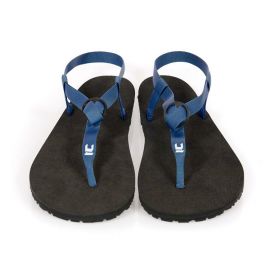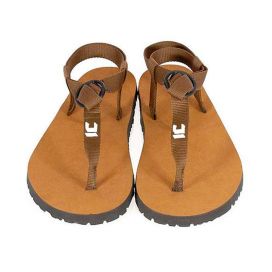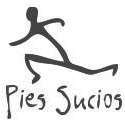No products
Prices are Management included
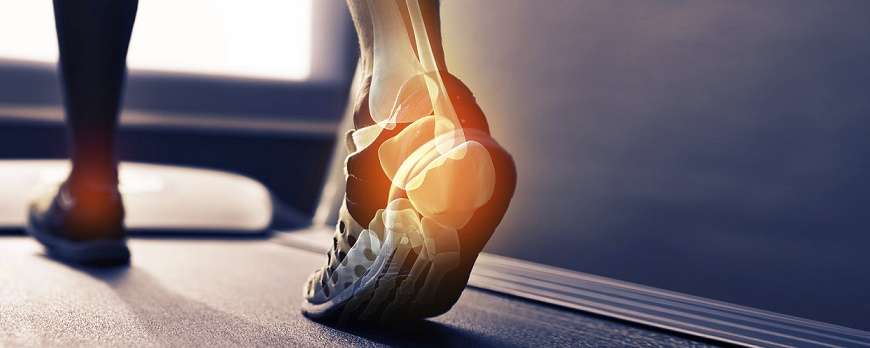
How does minimalist shoes influence the anatomy of the foot?
The human foot is a variable three-dimensional structure made up of bones, muscles and other connective tissues. It consists of 28 bones, 33 complex joints, more than 40 muscles and tendons and around one hundred ligaments. A quarter of the bones of the human body are found in the feet. Its bony structure is peculiar because it resembles a puzzle that can be divided into different sections and in fact there are several ways to classify your bones. Traditionally tarsus, metatarsus and fingers would be the three regions, but the current teaching method prefers to use the idea of forefoot, midfoot and rearfoot.
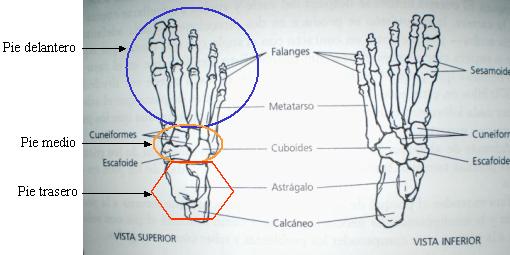
To move, support and maintain the position of the bones there is a network of muscles, tendons and ligaments. Most of the muscles are outside the foot and have several important functions: They move the feet, raise the fingers, stabilize the fingers on the floor, control the movements of the ankle and support the arch. The feet are used for locomotion and perform different functions.
When we move, they are our only point of contact with the ground, so it is the first part of our body that feels the forces generated in the movement and acts as the base of the servomechanism of the body balance due to the proprioceptivity originated in the plant of the foot.
- They provide us with the propulsion, elasticity and flexibility needed for walking, jumping and running.
- They act as shock absorbers.
- Help us maintain balance on uneven surfaces.
When walking or running, the foot passes through two phases: the contact phase (when it is on the ground) and the rolling phase (when it is in the air). If the foot lands incorrectly on the floor, the contact phase becomes a critical stage and then withstands stresses that can cause pain and injury.
From a functional point, two types of joints are distinguished in the foot: the one of movement, constituted by the ankle and the joints of the fingers (in red in the figure) and the one of damping, formed, mainly, by the articulations of the middle foot Taking into account the complexity of the foot and its importance in balance and locomotion, let us see how current footwear influences.
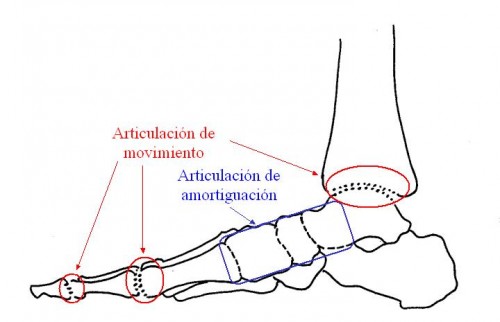
What happens to the foot if we put an incorrect footwear?
Traditional footwear prevents the foot from correctly performing the functions for which it was designed by evolution, since the design of such footwear is totally different from the human foot.
- One foot is flat, there is no difference in height between the hindfoot and the forefoot. If we place a heel on a shoe, the natural curves of our backs are modified, the balance is altered, the center of mass is changed, the torsion force is increased on the knees and hip, the triceps sural is shortened and elasticity is lost in the tendon of Achilles.
- On the other hand, the foot is wide at the front. If we wear narrow footwear, the fingers will compress and joint alignment will be lost, with the fingers forming the shape of the footwear. This causes a change in the foot supports, concentrating the greater pressure on 2nd and 3rd metatarsus (areas of greater risk of stress fracture).
- The foot is flexible and has a natural arch. If we place a rigid sole the movement of flexion of the fingers is limited, and with it the locomotion. And if the shoe also has arch support, the muscles associated with the arch will be lost.
- The foot has more than 30,000 nerve endings. Covering these ends with a thick, padded sole cancels out the ability of the foot to pick up the tactile signals emitted by the ground, which interferes with proprioception. In addition, joint stiffness increases and footprints are more damaging.
- In addition, the foot is a lightweight structure. Despite possessing 25% of the bones of the body, it only weighs 4% of the total weight. If we place heavy footwear interferes with its movement and loses efficiency, increase oxygen consumption by 0.7-1% x 100 g. of the weight of the footwear.
- Lastly, when using the current cushioned footwear we are more likely to suffer ankle sprains.
In the following infographic we can see the influence of the heel in the posture, column, toes foot, Achilles tendon and bunions.
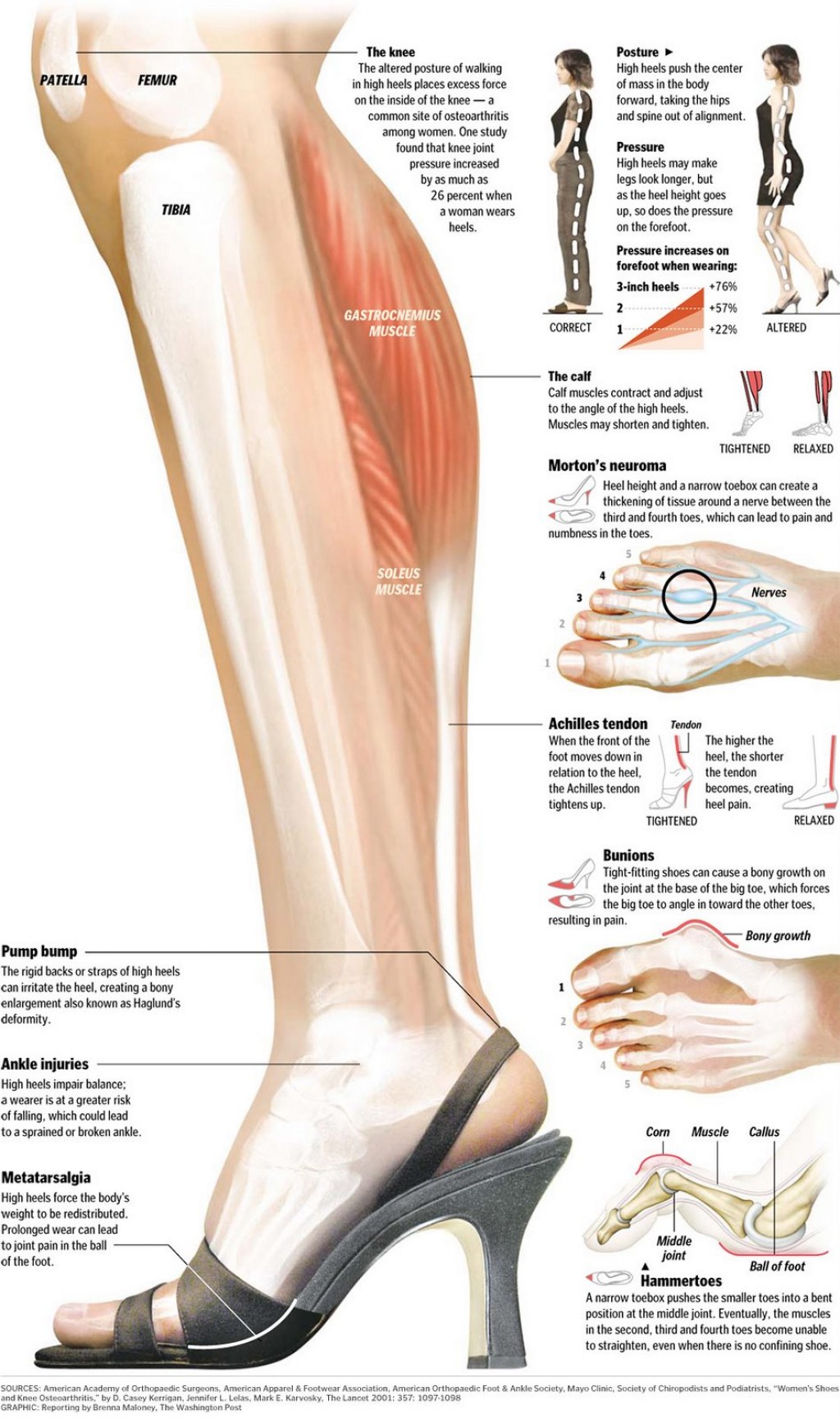
Reference: "Wowen's Shoes and Knee or Osteoasthritis" D. Casey Kerrigan, Jennifer L. Leias, Mark E. Karvosky. The Lancet 2001: 357: 1097 - 1098.
How does minimalist footwear influence the anatomy of the foot?
If minimalist footwear falls within the category of pure minimalist, footwear practically does not influence the anatomy of the foot and let it develop the functions for which it was designed by the best quality control system that exists: evolution.
Therefore, if we want a correct structural and functional development of the foot we must let it develop freely, without ties. It is clear that for this the best is to be barefoot and when you can not a pure minimalist footwear. Keep in mind when choosing the footwear, the terrain where we are going to use it. A footwear for casual use - daily has much less protection than a shoe for running on abrupt mountains.
More information on how to choose the minimalist shoe in the following link.
In the case of atrophied feet or loss of function, there are many cases where the continued use of minimalist footwear favors recovery of foot functionality, improved flexibility, dorsiflexion and propioception.
Dejar un ComentarioDejar una respuesta
Blog categories
- Running Technique
- Shoes Review
- Scientific studies
- Nike and minimalist shoes
- Morton neuroma
- Bunions
- Podiatrists' opinion on...
- Claw toes, crowded toes,...
- Flat feet
- Runner's injuries, runner's...
- Sprained feet, ankle sprains
- Footwear for wide feet or...
- Heel and back pain
- Children's feet and...
- Circulation and bone...
- Knee pain, osteoarthritis,...
- Plantar fasciitis
Últimos Comentarios
Antonio Caballo
Do podiatrists who criticize barefoot footwear...Fernando Capellán
Do podiatrists who criticize barefoot footwear...Fernando Capellán
That Vivobarefoot lawsuit… and what happened nextLorena Cortés
This is what Nike did to Nadal's foot

